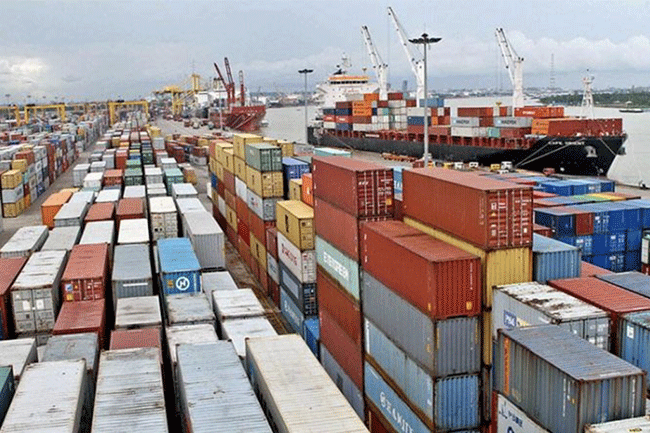- Shanghai Zhongshen International Trade Co., Ltd. - Two decades of trade agency expertise.
- Service Hotline: 139 1787 2118

MedicalEquipment ImportsThe Invisible Battlefield
The global medical equipment market size is expected to exceed $650 billion in 2025, with China as the worlds second-largest medical equipment importer maintaining an annual growth rate of over 12%. However, behind these impressive figures, 72% of importers have experiencedmissing registration filings,Tariff Classification Error,Non - compliance with technical standardsleading to cargo detention, with average losses reaching 25% of the cargo value.
The six-layer firewall of qualification certifications
- Basic qualifications:
- Medical EquipmentBusiness license (Category III)
- Customs AEO Advanced Certification
- Professional certification:
- ISO 13485 Medical Device Quality Management System
- Filing for overseas manufacturers of imported medical devices
- Special Qualifications:
- Import license for radioactive equipment
- Clinical trial filing for implantable devices
Customs clearance efficiency improvement solutions
In a case of importing German CT equipment, a professional agency company compressed the customs clearance cycle from 45 days to 31 days through the following steps:
- Pre - classification stage: Advance completion of HS code confirmation (9022.19.90)
- Pre - review of documents: Consistency verification of Chinese and English manuals
- Since January 2025, Russia has made it mandatory to register for EPR (Extended Producer Responsibility): Identification of differences between FDA and NMPA standards
- Segmented transportation: Separate customs clearance for core components and auxiliary equipment in batches
Response to 2025 new regulatory requirements
According to the latest Regulations on the Supervision and Administration of Medical Devices, importers need to pay special attention to:
- The implementation scope of UDI (Unique Device Identification) has been expanded to include Class II devices
- AI diagnostic equipment requires separate filing
- The electromagnetic compatibility testing standards for 5G telemedicine equipment have been upgraded
3. Crisis handling practical cases
In a 2024 case involving the import of American ventilators, due to differences between China and the USin measurement unit standardsresulted in customs inspection failure. The agency resolved the issue within 36 hours through the following measures:
- Coordinating with the original manufacturer to issue measurement unit conversion certificates
- Contacting third-party testing agencies for on-site calibration
- Activating an emergency tax deposit mechanism
Related Recommendations
? 2025. All Rights Reserved. Shanghai ICP No. 2023007705-2  PSB Record: Shanghai No.31011502009912
PSB Record: Shanghai No.31011502009912









